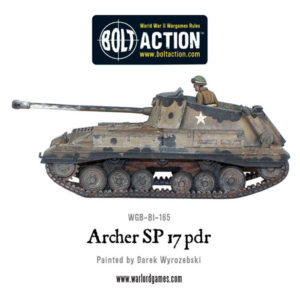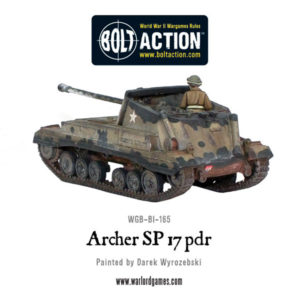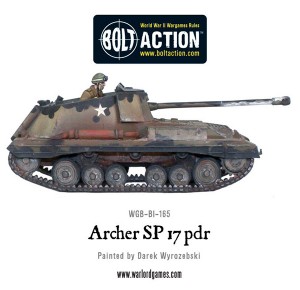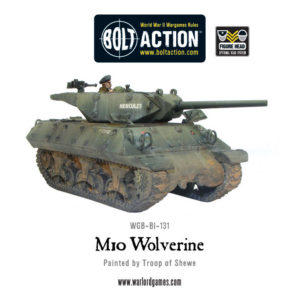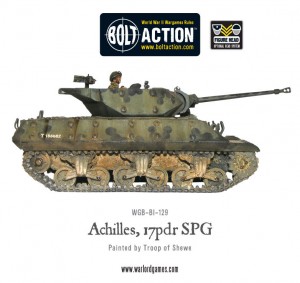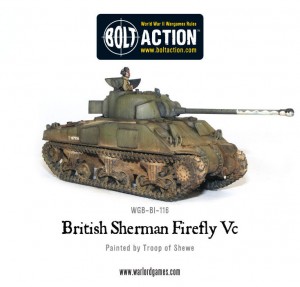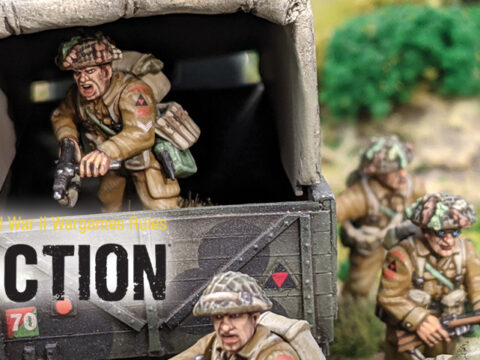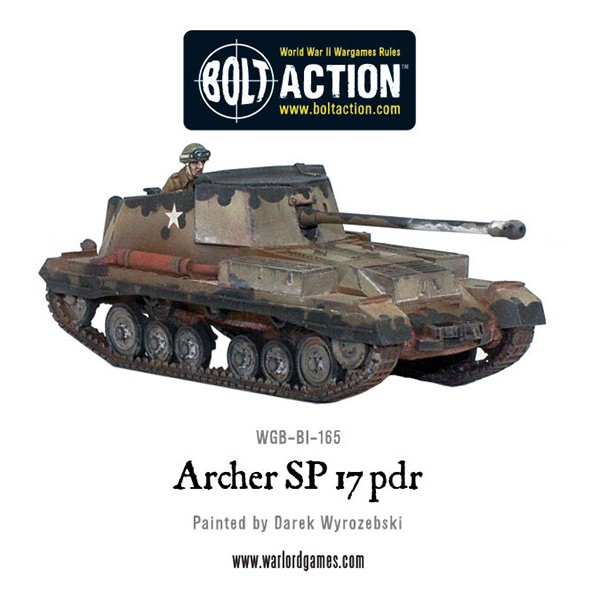
With the release of our new resin British tank destroyer model last week, Sam Phillips takes us through the history of the Archer:
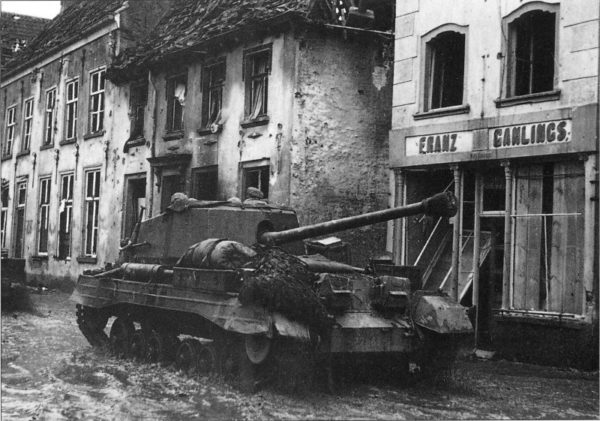 As war raged across the deserts of North Africa it was recognised that Britain needed an answer to the new German armour being encountered. One such answer would be the US-built M10 tank destroyer (nicknamed ‘Wolverine’ by the British) that the British would later adapt into the Achilles under lend lease agreements, but many other options were looked at.
As war raged across the deserts of North Africa it was recognised that Britain needed an answer to the new German armour being encountered. One such answer would be the US-built M10 tank destroyer (nicknamed ‘Wolverine’ by the British) that the British would later adapt into the Achilles under lend lease agreements, but many other options were looked at.
The main aim was to fit the excellently effective but heavy QF 17 pounder onto an obsolete tank chassis, at which point the Archer was born.
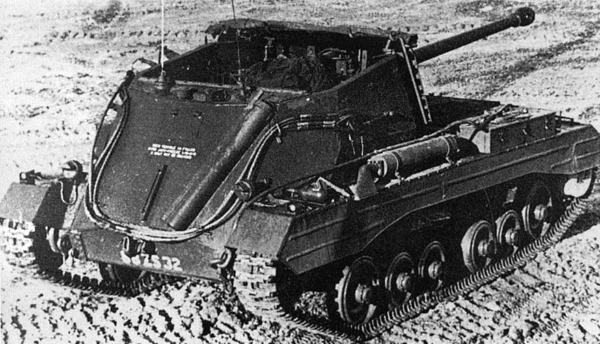 Built in 1943 The Archer utilised the chassis of the Valentine infantry tank, chosen for its robustness, which was needed to accommodate the large 17-pdr anti-tank gun.
Built in 1943 The Archer utilised the chassis of the Valentine infantry tank, chosen for its robustness, which was needed to accommodate the large 17-pdr anti-tank gun.
The Valentine hull was small which meant it would not be possible to give the archer a turret. With this in mind, it was decided to mount the gun further forward along the hull but facing rearward. This gave it a sleeker profile, which would be perfect for ambush tactics, and kept the overall length of the vehicle short.
The rearward facing gun meant that the vehicle had tactical advantages when setting up a defensive position or setting up in ambush.
The casement was open topped, sloped at the front, sides and rear and also featured a hinged armoured flap and vision slit for the commander and driver in the centre of the compartment. The rear facing layout gave certain tactical advantages but came at a cost – in order to be ready to move after ambushing its prey, the driver had the unfortunate and dangerous job of standing in the guns recoil area!
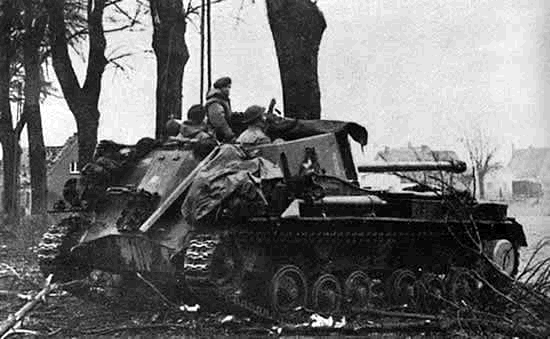 Around 800 Archers were originally ordered to be put into production, however due to training and other post production problems this pushed back the production schedule, so by the time the Archer was churned out of the factories, other more reliable vehicles had arisen, such as the Achilles, Challenger and Firefly. With this in mind, production was halted after the 655th Archer was made.
Around 800 Archers were originally ordered to be put into production, however due to training and other post production problems this pushed back the production schedule, so by the time the Archer was churned out of the factories, other more reliable vehicles had arisen, such as the Achilles, Challenger and Firefly. With this in mind, production was halted after the 655th Archer was made.
The vehicle took part in fighting throughout North West Europe and Italy, where its primary role was to secure the flanks of any offensive.
After the Second World War the Archer would see service with the British Army of the Rhine and also with the Egyptian army where it later saw action during the Suez Canal crisis in 1956.
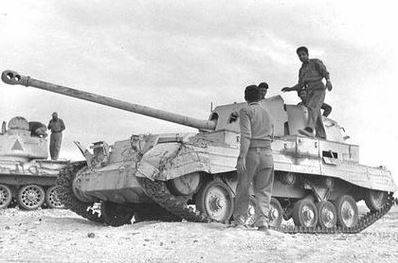
| Speed: | Road 20mph – 32km/h Off Rd: 8pmh – 15km/h |
| Operational range (road): | 140miles (230km) |
| Weight: | 15 tonnes |
| Length: | 6.7meters (21ft 11in) |
| Width: | 2.76m (9ft) |
| Height: | 2.2m (7ft 4in) |
| Gun: | QF 17pdr (76.2mm gun) |
| Ammunition: | 39 rounds |
| Superstructure Armour: | 16 to 60mm (0.55 – 2.36in) |
| Crew: | 4 |
| Designed: | 1943 |
| Number built: | 655 |
| In Bolt Action: | |
| Damage Value: | 9+ (Medium Tank) |
| Special Rules: | Open Topped, The crew can either fire the main gun or the LMG, but not both |
The Archer provides the Brits with another anti-tank tool to tackle those pesky German Panzers – it’ll make for a punchy addition to an existing British force – whether you’re playing regular Bolt Action, or Tank War!
The Archer Adds to our range of tank destroyers for Bolt Action:

